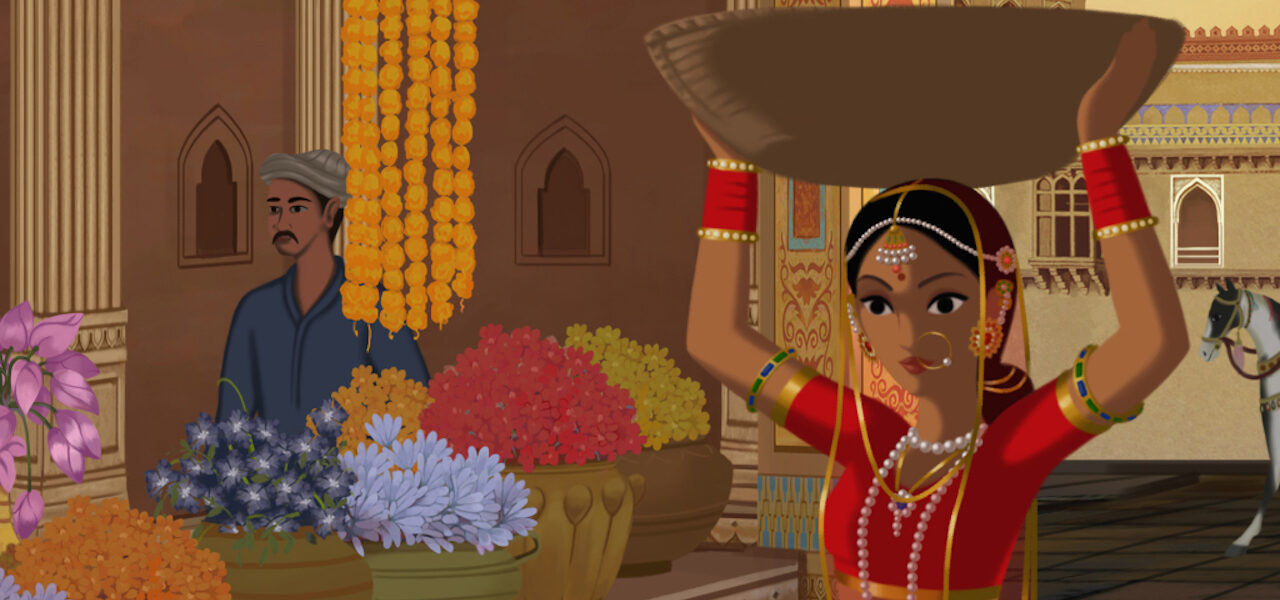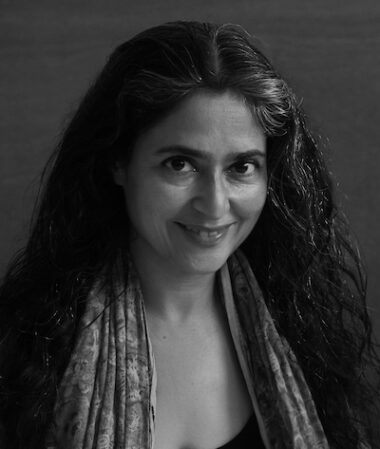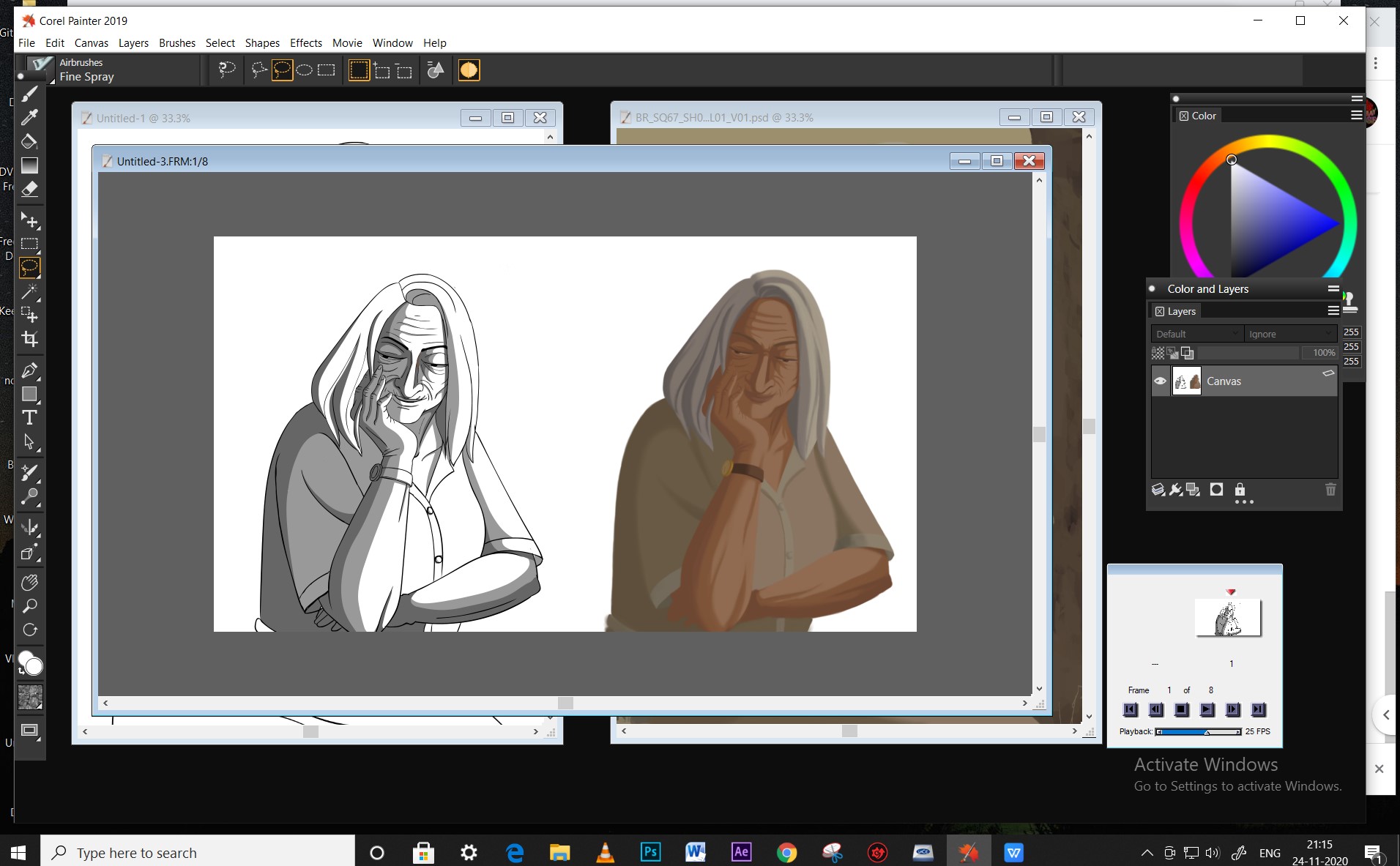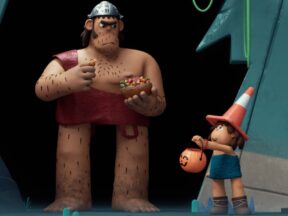

Tools Of The Trade: Gitanjali Rao on Corel Painter’s Frame Stacks
Welcome to Tools Of The Trade, a series in which industry artists and filmmakers speak about their preferred tool on a recent project — be it a digital or physical tool, new or old, deluxe or dirt-cheap. This week’s guest is Gitanjali Rao, whose debut feature, the acclaimed Bombay Rose, debuts worldwide on Netflix in early 2021 (read our review here). The director’s previous work includes the animated shorts Printed Rainbow and TrueLoveStory, which won at Cannes.
Rao’s chosen tool is painting and design software Corel Painter — specifically its Frame Stacks animation feature, which she has used on almost all her films (including Bombay Rose). Over to Rao:

I used Corel Painter for the first time way back when it was introduced as a free software along with the Wacom Intuos tablet. Back then, around 2002, it was called Metacreations Painter. So I started exploring the software. At the time, it was still marvelous because of the authenticity of its few but brilliant brushes. And it had the Frame Stacks feature, which allowed you to make and see your animation at 25 fps at the click of a play button. It had four layers of onion skins and that was more than enough. The only limitation was (and still is) that you cannot maintain your layers as FRM files — they have to be flattened into a single layer.
Coming from the times of 35 mm, this was not a problem for me. I used it to paint progressively frame by frame. Unlike paint on glass, here you could go back and put in-betweens or delete extra frames.
On Bombay Rose, I used the software to make the entire animatic as well as key colored frames. I do not paint backgrounds myself but I do paint the characters. I painted one frame in every shot of the film — all the characters and their lighting — and this was followed by the team, frame by frame. I did it all on Painter.

However the studio artists, when given a choice between using Painter and Adobe Photoshop for the painted animation, chose Photoshop for its easy interface. Apart from the fact that the Adobe interface is intuitive and easy to navigate, one can work on layers in Photoshop as well as view the timeline in frames at the bottom of the screen. Navigating through countless frames becomes easy.
Painter does not have a timeline to view your frames. You need to go to the menu each time to choose your frame. This can get very time consuming. So Painter works for experts in animation, but Photoshop works for beginners as well.
I continued my work on Painter throughout the film and the studio artists simulated the same effect in Photoshop. This workflow presented no difficulties as the common format used was PSD. I used only one brush: soft charcoal with 100% opacity. This brush had to be simulated in Photoshop but it worked through the film.
Having learnt animation during the 35 mm times, I depend less on the software and more on my own skill. Photoshop has now developed excellent brushes that match Painter, but Painter brushes are lighter and move faster and do not freeze when you paint furiously, because the software is built light. Your images remain light and I prefer that quality as it lets me paint intuitively with my speed. It may not allow me to go back much in history but I do not need to.
It’s a pity that Corel has been neglecting to develop Frame Stacks. It has not changed or been upgraded much — in fact, it has deteriorated. The onion skin feature does not work in my latest version (2019). Having checked on forums, I believe it is a common complaint and not very well addressed by Corel. I wish Corel would develop Painter as well as they have developed Corel Draw.

.png)
